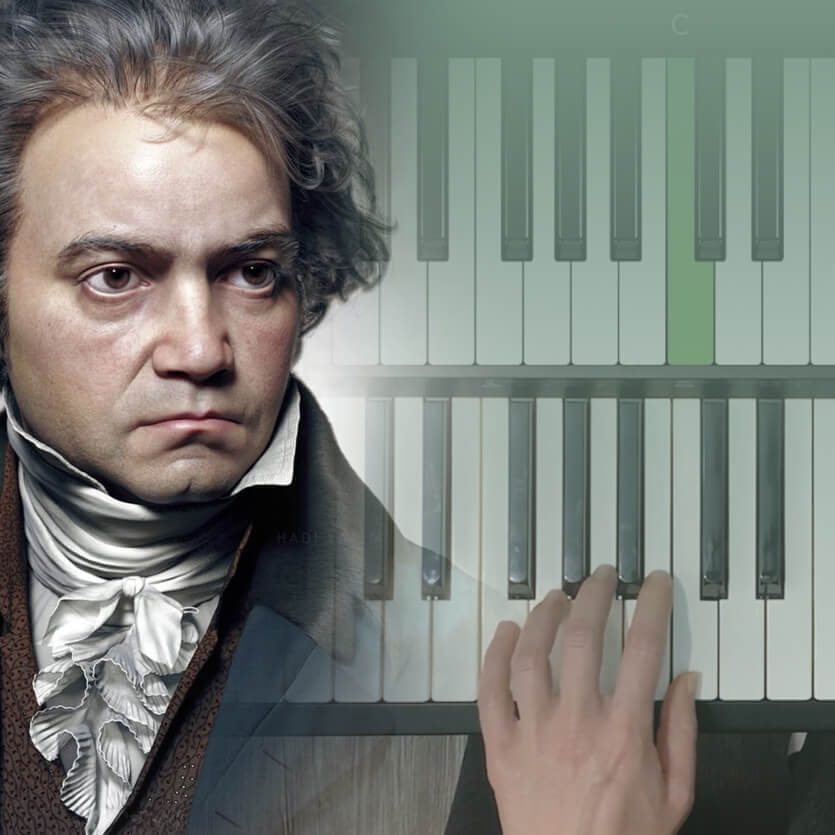Many pianists that are relatively new to learning the instrument can relate to the feeling of slow progress, which can feel frustrating and discouraging at times. But there are several relatively easy classical pieces that beginners can learn that will boost confidence and inspiration. The key word here is slowly. These pieces are possible if the student takes a slow approach, learning small sections at a time before proceeding.
Working with a good piano teacher, or finding online piano tutorials, is a great way to understand and learn the notation, fingering and rhythm for these pieces. And listening to different recordings is helpful for ideas with the interpretation and expression.
Here are 3 classical piano pieces that are relatively easy to learn and are considered top favorites, each in a different period of the classical genre:
Für Elise by Ludwig van Beethoven (Classical to Romantic Period):
Für Elise is a favorite among piano students and perhaps the most popular piano piece by Beethoven (it might even be the most popular piano classical piece, period). It is in the key of A minor, so uses primarily white keys, with occasional accidentals. The tempo is not too fast, allowing the student to confidently and smoothly play through the passages. It is in rondo form, A-B-A-C-A, so the repeated A sections help speed up the learning process. The opening phrase, and main theme of the A section, is the famous part we all know, so really you only need to learn the A section and it will sound impressive to your audience.
Prelude in C Major by J.S. Bach (Baroque Classical Period):
The key signature of this piece, C Major, contributes to its ease of learning. The first of Bach’s 24 preludes and fugues collection, one in each major and minor key, it makes sense that Bach would begin with the easiest, C major. The entire prelude, only 35 measures long, is composed of mostly the same pattern: broken chords that repeat. So once you learn the mechanics and simple rhythm of the first four measures you can apply that learning to the rest of the piece. The simplicity allows for freedom of expression and interpretation, making this a fun one for novices.
The right hand plays primarily 16th notes, which are not intimidating once you get the counting down (use a good counting method, such as: 1-ee-and-ah, 2-ee-and-ah, etc…). Remember to play the notes evenly and vary the dynamics for interest.
This is also a great piece for gaining familiarity with the sustain pedal – just remember to change the pedal with each chord change. Overall, it’s hard to mess this piece up. It really sounds lovely even if you’re not playing it perfectly. And once you have it down, it’s a great piece to warm-up with in your daily practice.
Gymnopédie No. 1 by Erik Satie (Early 20th Century)
This piece is incredibly relaxing, and a great way for a beginner to deepen their love for playing piano. Erik Satie was known as one of the early minimalist composers. By nature, minimalist compositions usually have less elements to contend with. Like Bach’s Prelude in C Major, this piece has a repetitive nature to its structure, rhythm, and theme. The nice, leisurely tempo allows room for transition and the melody and harmony are rich in sustained notes and colorful chords. The trick is having good fingering, knowing the notes well of each chord, and maintaining an appropriate expressive mood.

